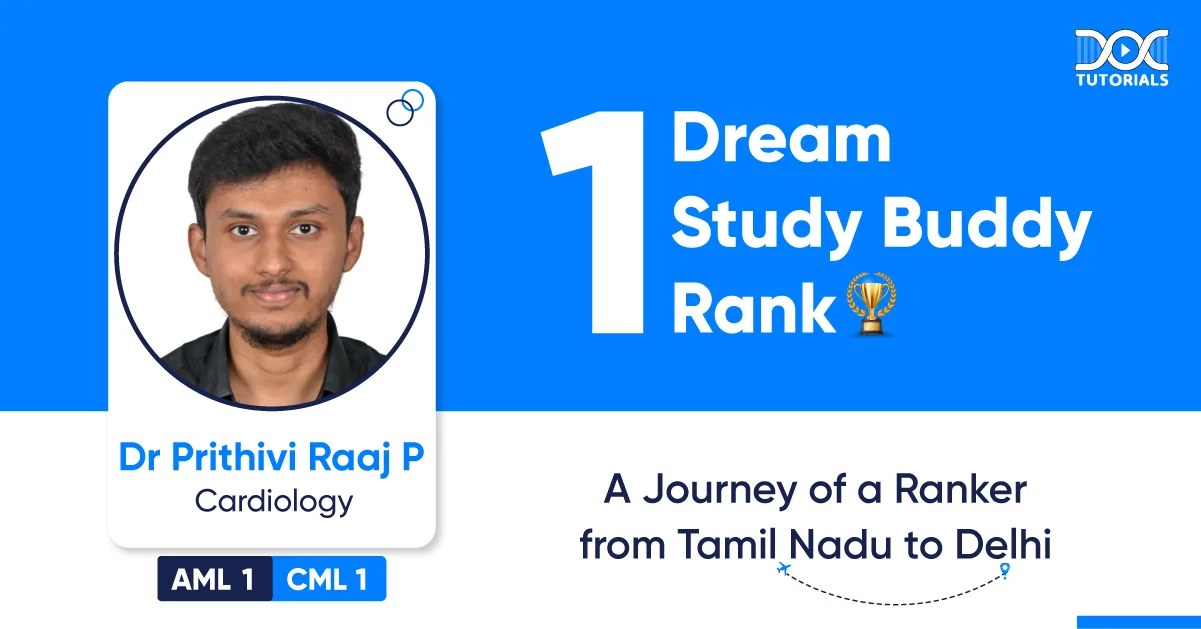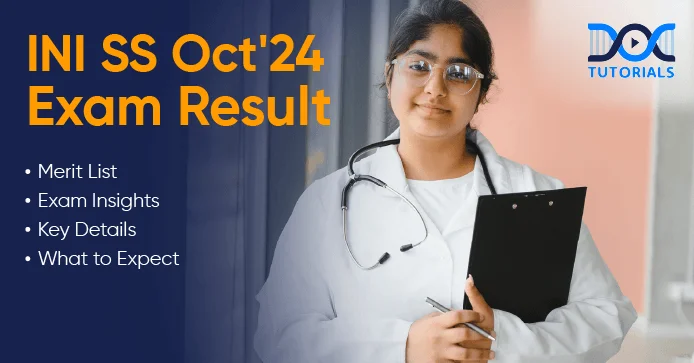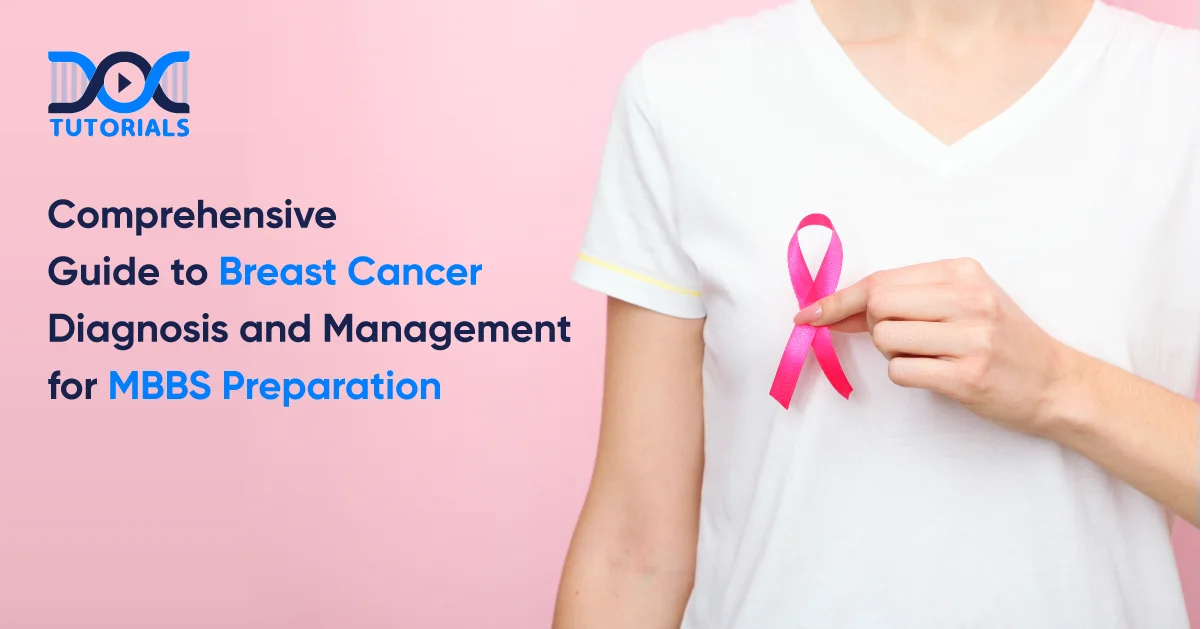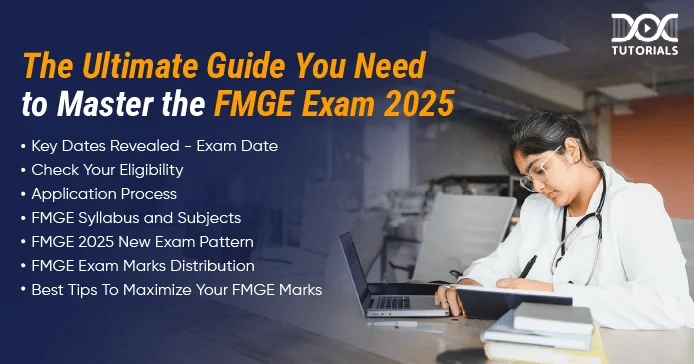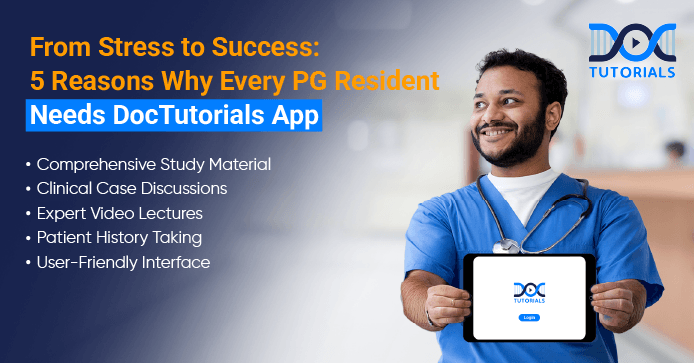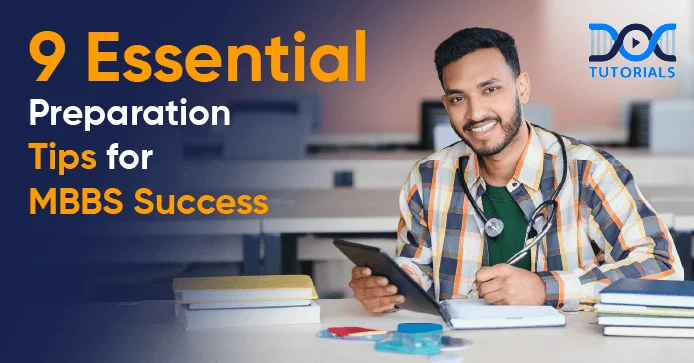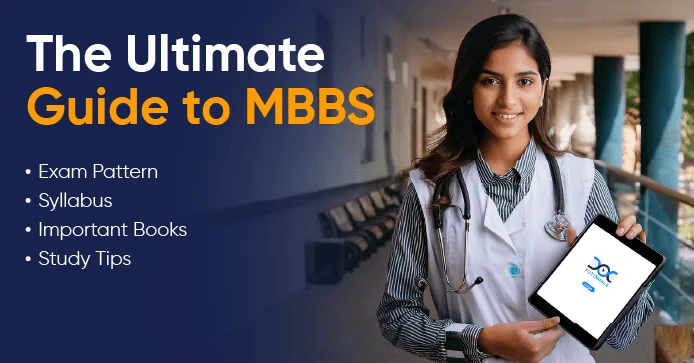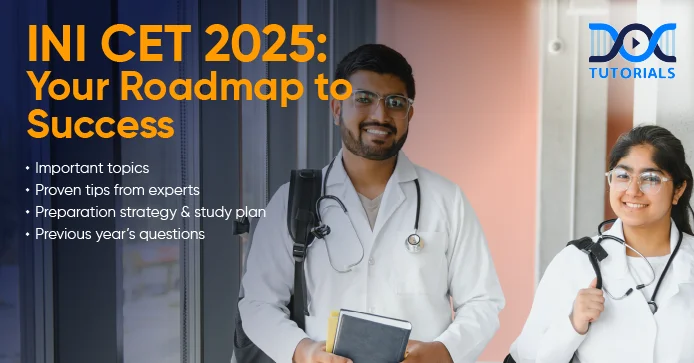
Preparing for NEET PG 2025, one of India’s most competitive medical exams, requires a strategic approach, especially if you’re starting with six months left before the exam. This guide will provide a detailed and effective study plan while integrating key strategies to maximize your chances of securing a top rank.
Subscribe to the DocTutorials Test Series at just INR 999/- and access Grand Tests [GTs] with video discussions and 400+ tests.
Achieve NEET PG 2025 Success: The Most Effective 6 Months Study Plan
If utilized effectively, six months is an adequate time to prepare for NEET PG 2025. The key lies in smart planning, consistent efforts, and a balanced focus on all 19 subjects. With a structured approach and disciplined execution, achieving a top rank is a realistic goal for those preparing for NEET PG in 6 months.
- Divide Your Time into Phases
- Phase 1 (3 Months): Focus on completing the first reading of all 19 subjects. Allocate more time to high-weightage subjects like Medicine, Surgery, and OBG while balancing shorter subjects like Dermatology and Psychiatry.
- Phase 2 (1.5 Months): Begin your first revision. Consolidate your knowledge and emphasize high-yield topics and volatile areas.
- Phase 3 (Last 15 Days): Conduct a rapid revision of all subjects. This phase is critical to ensure the retention of essential information.
- Prioritize Subjects
Begin with mid-level subjects like Pharmacology and Pathology to build momentum. Avoid starting with heavy subjects like Medicine or Surgery as they might slow down your pace initially.
- Realistic Goals – Realistic Results
- Daily target: 8–10 hours of focused study.
- Weekly target: Complete at least 1–2 subjects, combining major and minor.
- Monthly target: Complete multiple subjects and solve a comprehensive set of questions.
“Watch our detailed YouTube video on mastering the NEET PG in 6 months with expert tips, strategies, and insights straight from the pros!”
6 Best NEET PG 2025 Preparation Strategies
1. One Reliable Source Per One Subject
Stick to one primary source for each subject to avoid confusion and save time. Switching between multiple resources can hinder revision and create unnecessary stress.
2. The 60/40 Rule
Dedicate 60% of your study time to theory and 40% to practicing multiple-choice questions (MCQs). This approach ensures you’re well-prepared for the exam’s objective format.
3. Focus on High-Yield Topics
Certain topics are repeatedly tested in NEET PG. Pay extra attention to:
- Vaccines and Resuscitation in Pediatrics.
- Antibiotics and Mechanisms in Pharmacology.
- Clinical case scenarios in Medicine and Surgery.
4. Solve Previous Year Questions (PYQs)
PYQs are invaluable as they give insight into the exam pattern and frequently tested areas. Aim for a strike rate of 95% or higher in the previous year’s questions to secure a competitive edge.
5. Give Regular Grand Tests (GTs)
Start giving GTs from the first month of your preparation. They help assess your progress, identify weak areas, and build exam temperament.
6. Revision – The Art of Rank Making
Effective revision is the cornerstone of NEET PG preparation. Use the following techniques:
- Create a “20th Notebook” for volatile topics and frequent mistakes.
- Revise these notes regularly during the final weeks.
3 Important Time Management Tips for Interns
Interns often struggle with balancing preparation and duties. Here’s how you can manage your time effectively while preparing for NEET PG in 6 months:
- Utilize lighter postings to study intensively.
- Dedicate breaks between duties to solve MCQs or revise short notes.
- Focus on quick revision programs for short subjects.
4 Common Mistakes to Avoid to Become a Top Ranker
- Using Multiple Sources for the Same Subject
Stick to one trusted source and complement it with question banks.
- Neglecting Short Subjects
Short subjects like ENT, Ophthalmology, and Dermatology are high-yield and take less time to master. Cover them thoroughly.
- Overlooking Grand Tests
Avoid delaying GTs until the last phase of preparation. They are essential for self-assessment.
- Skipping Revision
Revisiting concepts multiple times ensures retention. Allocate ample time for revision in your study plan.
How to Stay Motivated
- Set Clear Goals: Remember why succeeding in the NEET PG 2025 exam is important to you.
- Take Breaks: Short breaks between study sessions can improve focus and prevent burnout.
- Reward Yourself: Celebrate small milestones to stay motivated.
Conclusion
Cracking NEET PG in 6 months requires a combination of smart planning, focused preparation, and relentless practice. Prioritize high-yield topics, solve ample MCQs, and utilize GTs for self-assessment. Most importantly, stay positive and committed to your goals.
Remember, DocTutorials App is the Best NEET PG Preparation App to help you achieve your dream rank with its concise video lectures, faculty-verified QBank, grand tests, and quick revision plans. Start today, and make the next six months the most productive phase of your academic journey!
Latest Blogs
-

NEET PG 2025 – Date, Pattern, Marking Scheme, Subject Wise Weightage, and Exam Mode
NEET PG 2025 is the ultimate gateway for medical graduates aspiring to pursue postgraduate courses in medicine, including MD, MS,…
-
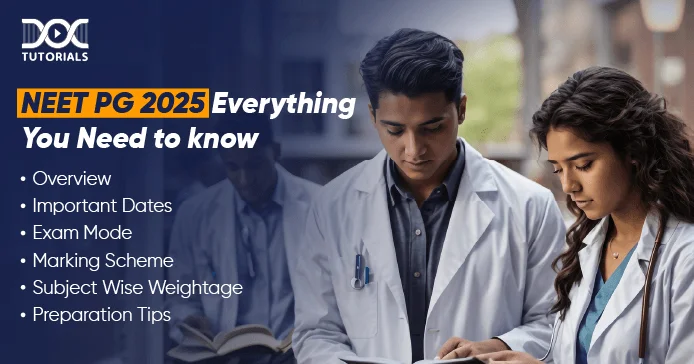
NEET PG Exam 2025- Decoding Exam Pattern, Marking Scheme, Subject Wise Weightage, and Exam Mode
The National Eligibility cum Entrance Test Postgraduate (NEET PG) is more than an exam; it’s a gateway for medical graduates…
-
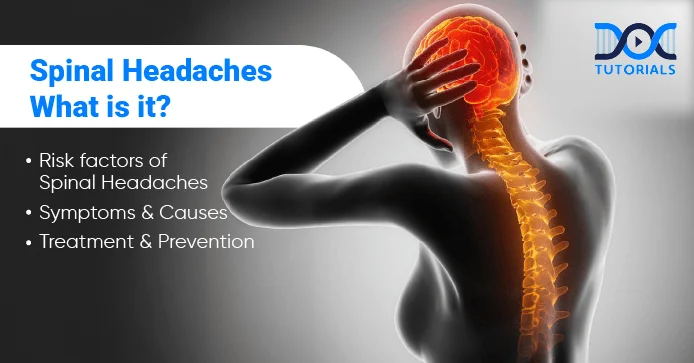
Spinal Headaches: Risks, Symptoms, Causes, Treatment and Prevention
What Are Spinal Headaches? Spinal headaches, also known as post-dural puncture headaches (PDPH), are a common side effect of certain…
 Back
Back